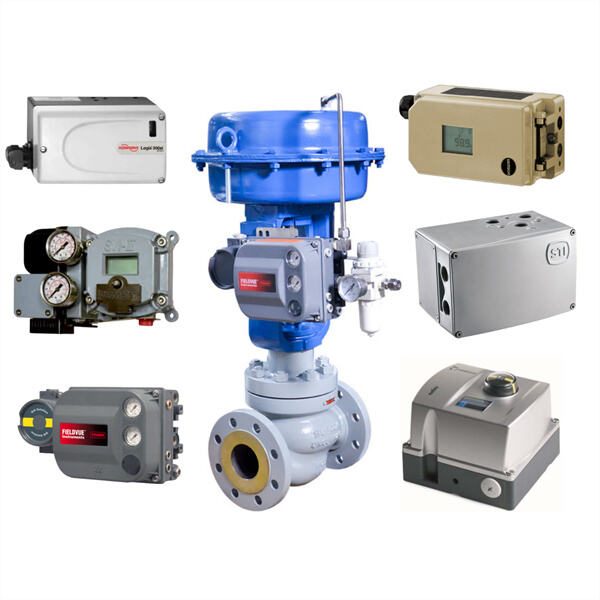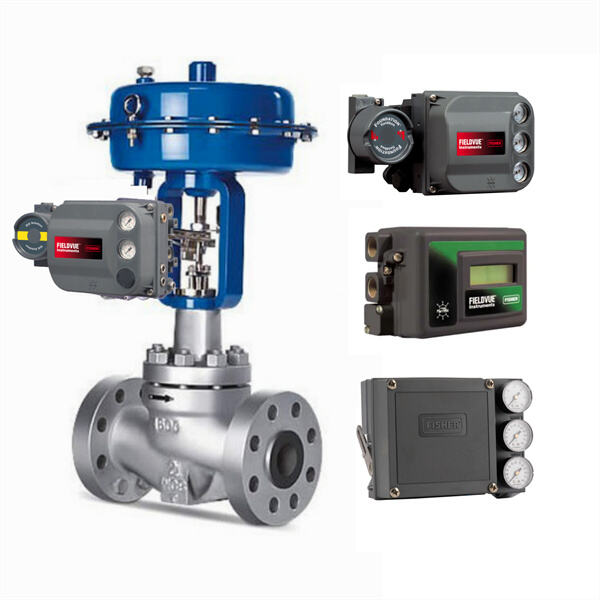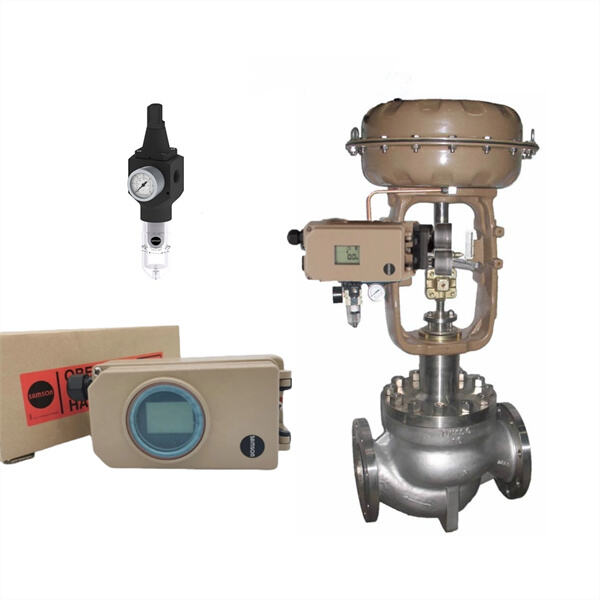Pneumatic control valves are key components of machines designed to help control the flow of air or gas, so things can work. They are sort of like little helpers, ensuring things run well in big factories and other places that use machines.
Pneumatic control valves are a type of mechanism that opens or closes to allow gas or air to flow through a device. This enables the machine to do its job properly, such as stopping or starting a motor, regulating the speed of a conveyor belt or positioning a robotic arm. Without these valves, and because of these valves, machines wouldn’t run properly, because they wouldn’t receive the correct amount of air, or gas, that they need.
It is big in factories, and it is important in factories because it makes machines work better and more precisely. With the help of these valves, factories could save time and money by ensuring their machines run smoothly, and safely too. It also serves to cut down on mistakes or accidents, and this is especially important in a crowded workplace.

Pneumatic control valves also contribute to the better performance of machines, since they need to receive an adequate amount of air or gas. This enables machines to run without pausing, which can make things faster and save time. Use of these valves also allows factories to ensure their machines are doing the jobs they are supposed to be doing, which avoids mistakes and makes things more accurate.

Pneumatic control valves with components are such as a valve body, valve actuator, valve positioner. The valve body is the primary portion of the valve that regulates the flow of air or gas. Think of the valve actuator as the muscle that assists in opening and closing the valve, and the valve positioner as the brace that ensures the valve is in the proper position to allow air or gas to pass through it correctly. All these components serve to ensure that the valve functions effectively.

Pneumatically operated control valves are found across various industries including manufacturing, oil and gas, and water treatment. Some of these valves are used in manufacturing to regulate the flow of air or gas to ensure that machines operate safely. In the oil and gas industry, the valves are used to manage the flow of gas or oil through pipes to ensure that everything is running properly. In water treatment, these valves are used to control the flow of water to ensure that water is clean and safe for use.